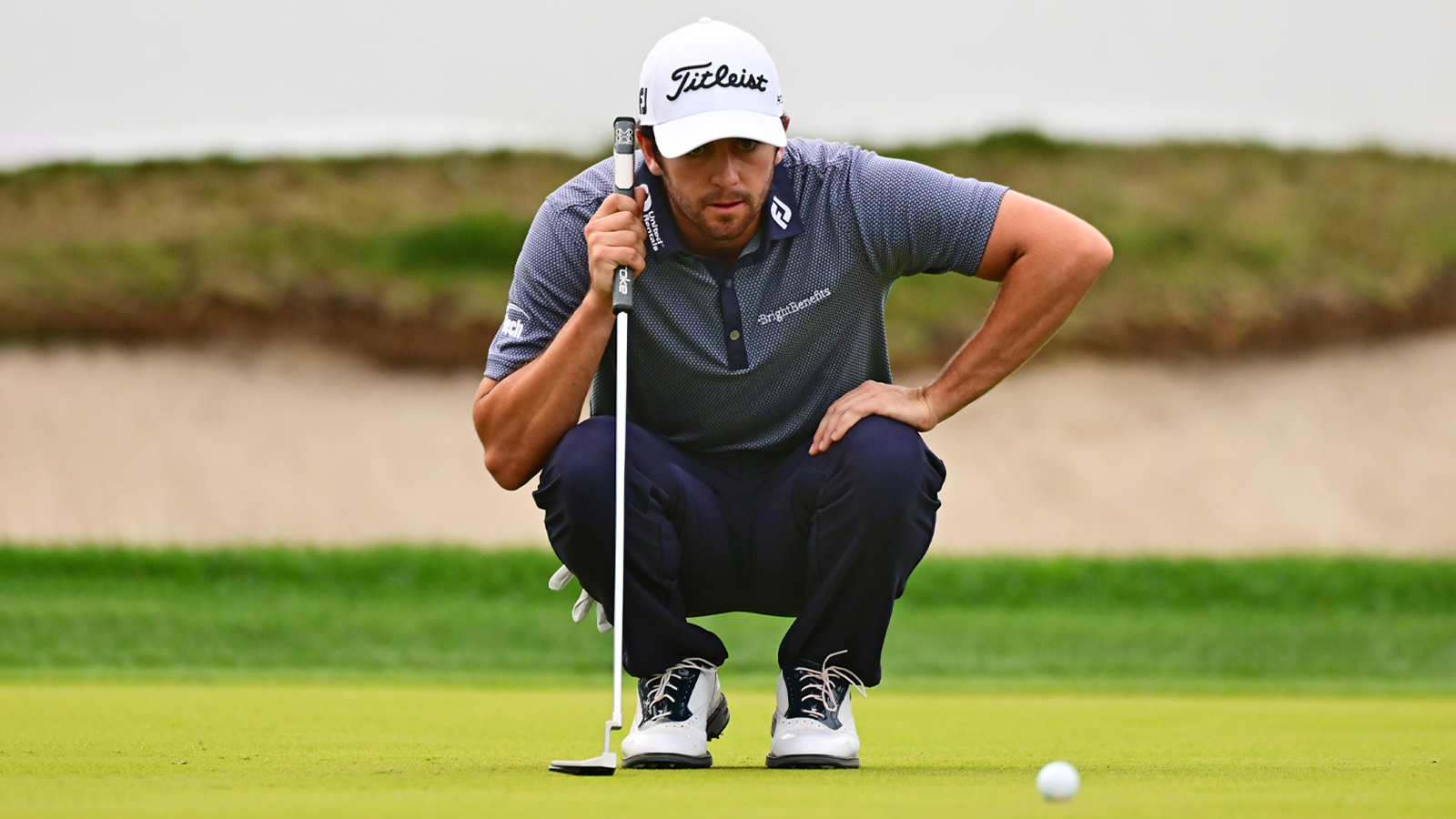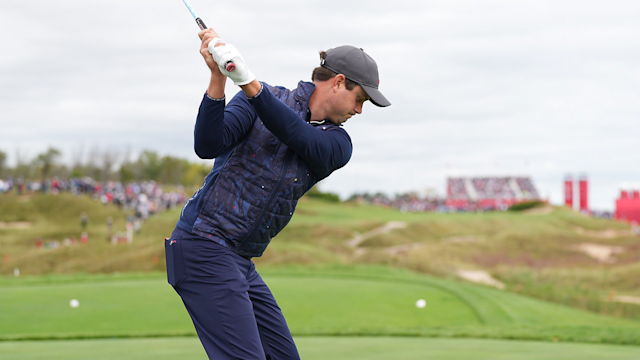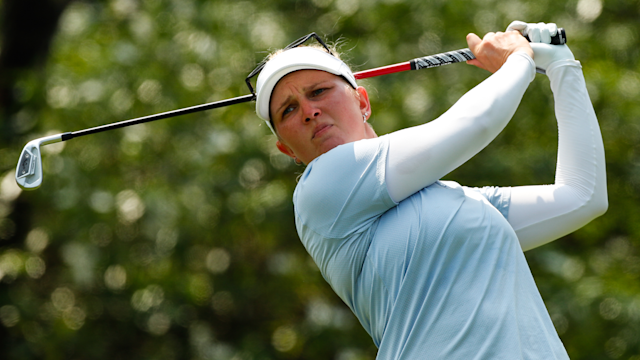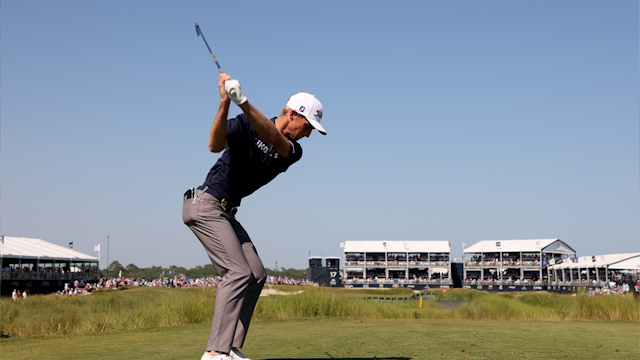quick coaching
A Key Pro Putting Stat You Can Achieve (With Practice)
By Brendon Elliott, PGA
Published on

Davis Riley during the third round of the Valspar Championship on the Copperhead Course at Innisbrook Resort and Golf Club.Getty Images
Davis Riley is the leader after three rounds of the Valspar Championship. His -18 under par 54-hole total was highlighted by his third round 9-under par 62. The amazing round on the Copperhead course was really the result of a putter that was on fire. Davis only stroked 20 putts on the day.
If you look at some of the great Saturday rounds from some of the contenders, you will see a theme. Justin Thomas' 66 with 27 putts, Sam Burns' 67 with 27 putts as well. One of the magic numbers, the key stats, that you see pros striving for is having less than 30 putts and more specifically, getting into that mid 20’s putt territory.
That 30-putt stat for an 18-hole round is absolutely something most amateurs can achieve with a little work. In addition to putting in the practice time with the flat stick, how you pay attention and manage your putting game during a round is also key.
The reality for most of us is this: we can realistically get to a near Tour quality level with our putting with a lot of practice.
How to Get to a 30 Putt per Round Average (or better!)
Work on your Aim
Your aim is a critical pre-stroke concept. Far too many golfers become too fixated on the hole and nothing else. In most cases, we are rarely hitting a dead straight putt. To be a great putter, you must learn to become a great green reader.
The best putters learn to focus on the apex point on their intended line. When you can learn to focus on that point in your putt, the one that is the highest point of the break, you are well on your way to becoming a better putter.
Be Natural
We often hear from players on the PGA and LPGA Tours that they wish they felt more free or more natural with their putting stokes. While technique is important in putting, namely set-up, path and tempo, many golfers become crippled by those concepts. What suffers is the ability to have a free-flowing stroke where the club-head can freely release. When you practice your putting, and while keeping key concepts like set-up, and path in mind, try to have a final thought of making a free-flowing stroke toward your intended target.
Be More Aware
There are many things that the great putters do that have really nothing to do with the putter at all. A great example of this is the idea of watching approach shots land on the green and seeing how they react and roll out. This can give you a great deal of information before you even step foot on the putting surface. In addition, learning to observe the topography of the course as you walk up to the green can also aid in making you a better putter.
Attitude Adjustment
We all know how critical the mental game is. Part of this is the attitude we keep as we play...and especially during the times we are scrambling and not at our best. Of all the aspects of the game, putting really seems to be that area where attitude is everything. It is no coincidence that the best putters in the game would be some of the first to tell you that they are the best. It is not because they know they are statistically at the top but more so that they genuinely believe that they are the best.


